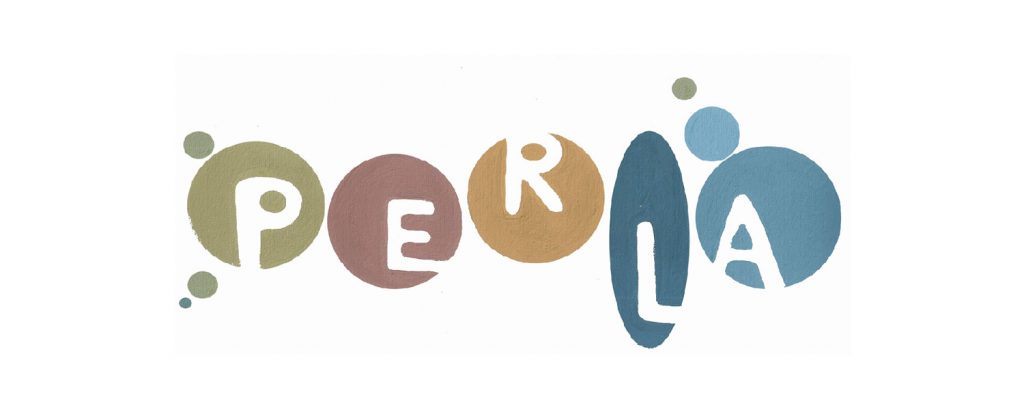The confinement of minors is a contested issue, because confinement can have detrimental effects on young people’s health and development. Most young people who experience confinement are held in secure care facilities, reform schools or youth detention centres, which operate in a nexus between criminal justice and child protection services. Often these institutions carter to the needs of both offending youth (in pre-trial remand or serving a sentence) and youth in protective care, assessed as being harmful to themselves or others. These institutions reflect UN Convention of the Child, which states that minors should not be imprisoned with adults and that confinement should be as lenient as possible. While these institutions aim to protect and provide care for troubled and troublesome young people, the context of confinement is also punitive. This special issue aims to explore how young people experience and make sense of various forms of confinement, and convey their perspectives on how it shapes their lives for better or worse.
Studies find that young people are not left untouched by the penal materialities and practices of confinement (Enell 2015; Vogel 2018; forthcoming). Scholars have documented how treatment and care within institutions with a mandate to punish results in contradictory and ambiguous practices and interventions, with a range of intended and unintended effects (Pollack 2009, Svensson 2002). In both Denmark and Sweden for example, recidivism is estimated at roughly two thirds among former secure care residents (Hansen & Zobbe 2006; Vogel 2012), and studies find that residents are at risk of (further) criminalization during secure care placement (Bengtsson 2012).
The knowledge on how youth experience confinement is limited and the need for more comparative research is urgent. We welcome contributions from scholars in different academic fields and from different parts of the world who are interested in the intersections of care, punishment and protection of troubled and troubling youth. The contributions can shed light on how young people experience confinement within child protection, criminal justice, mental health and immigration services. Studies on gender and sexuality are also welcome to further explore issues such as gender-sensitive treatment, gender-integrated/ segregated confinement, and how gender and sexuality intersect with categories such as class, ethnicity and (dis)ability. We especially welcome contributions that focus on young people’s own perspectives and experiences.
Guidelines
The special issue will contain 5–6 articles of 5000–8000 words, with a separate introduction written by the editors. Manuscripts should be submitted in electronic form online at https://mc.manuscriptcentral.com/young
See YOUNG’s submission guidelines here: https://us.sagepub.com/en-us/nam/journal/young#submission-guidelines
The deadline for submissions for this special issue is 1.3.2019.
Editors
Guest editors:
Maria Andersson Vogel (University of Stockholm)
Ann-Karina Eske Henriksen (Aalborg University)
Responsible journal editors:
Päivi Honkatukia (University of Tampere)
Tea Torbenfeldt Bengtsson (The Danish National Centre for Social Research VIVE)

